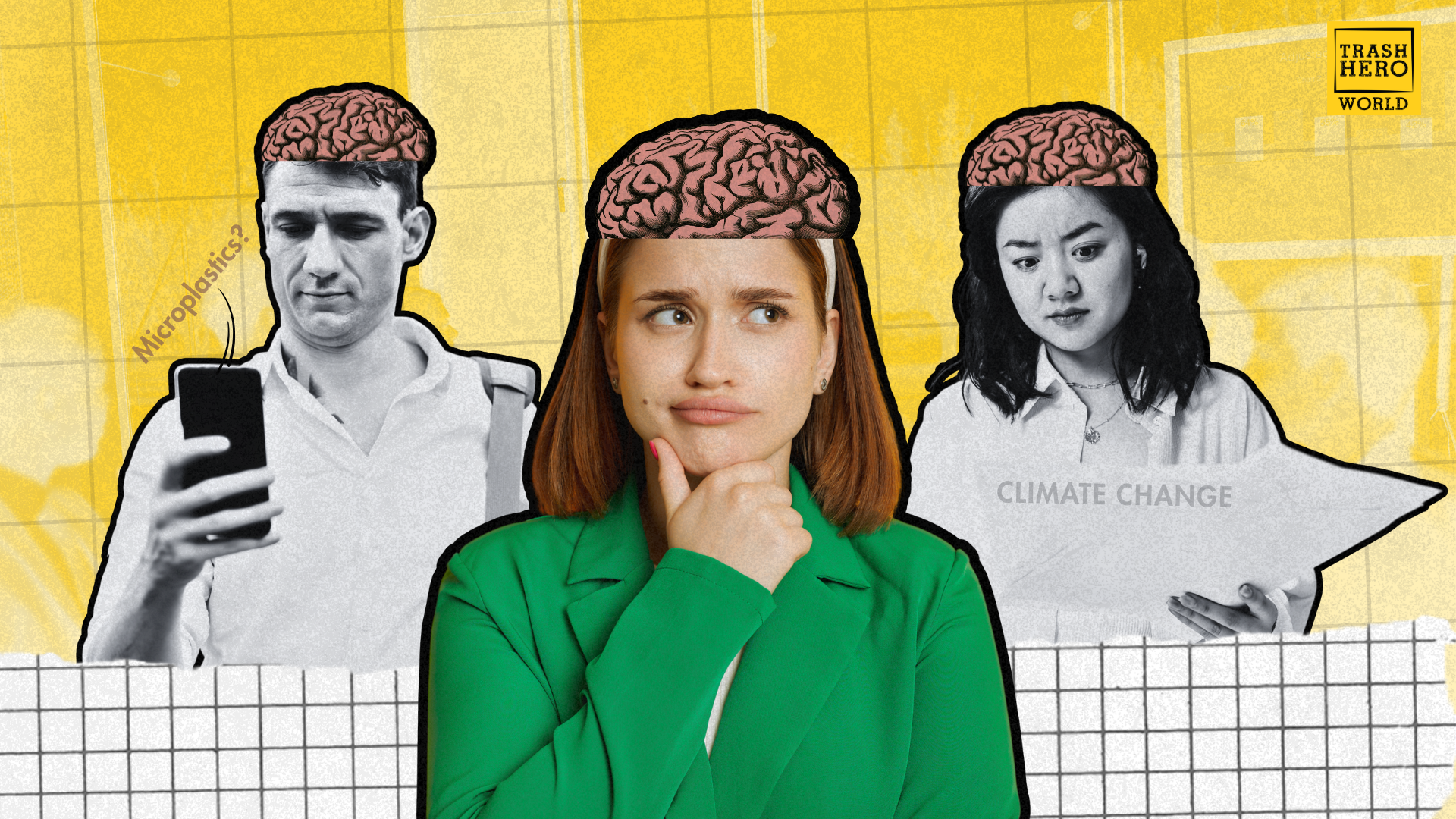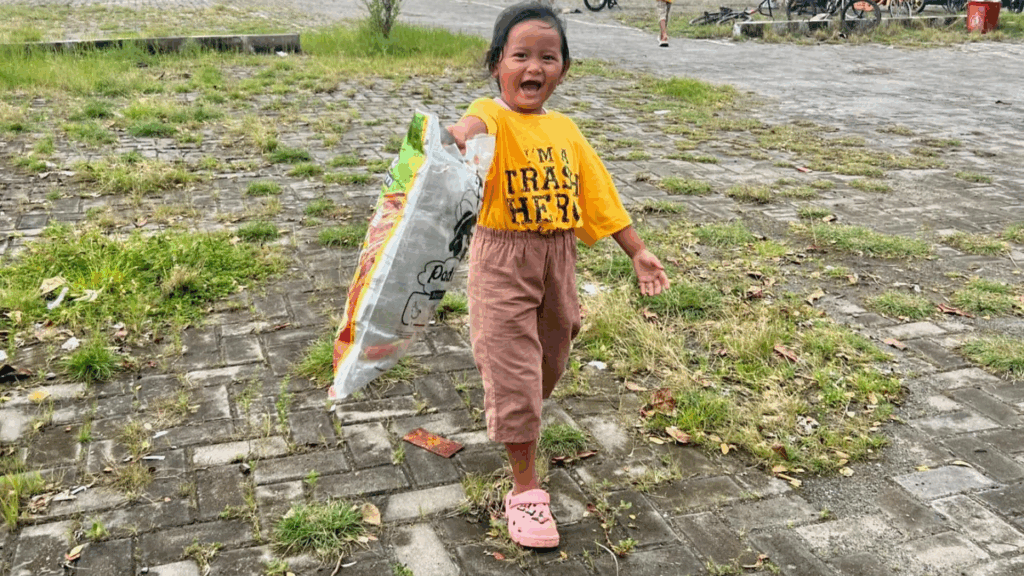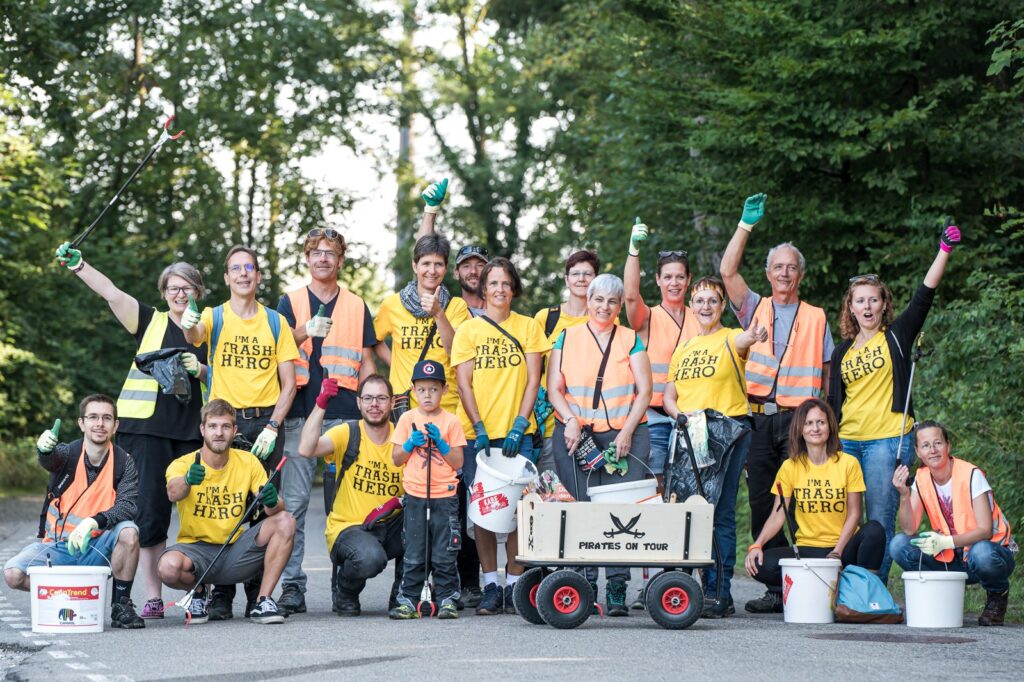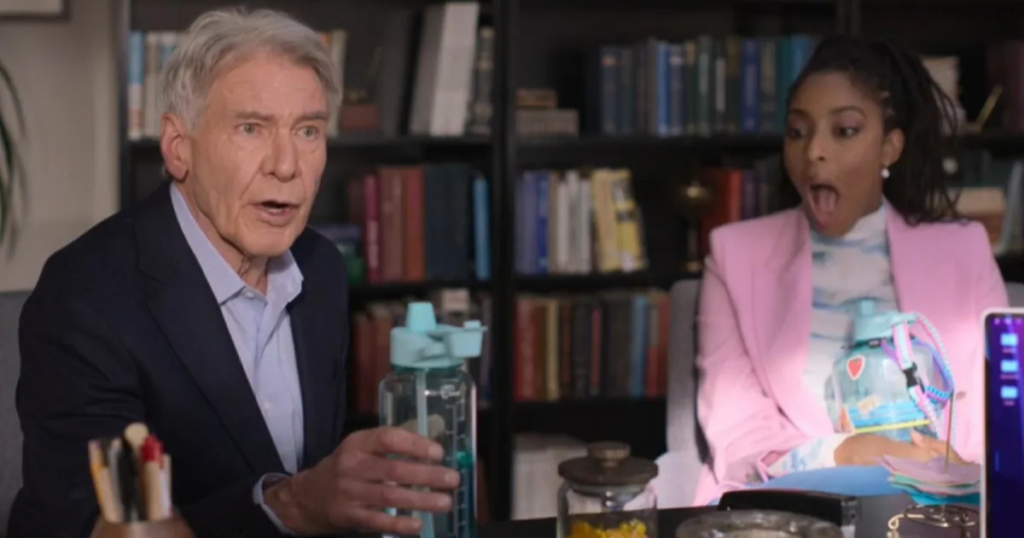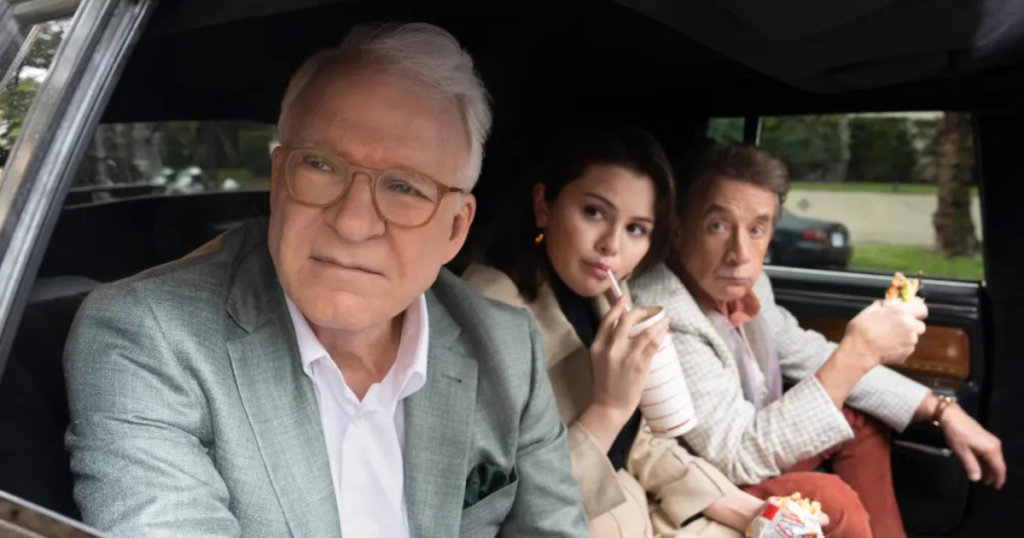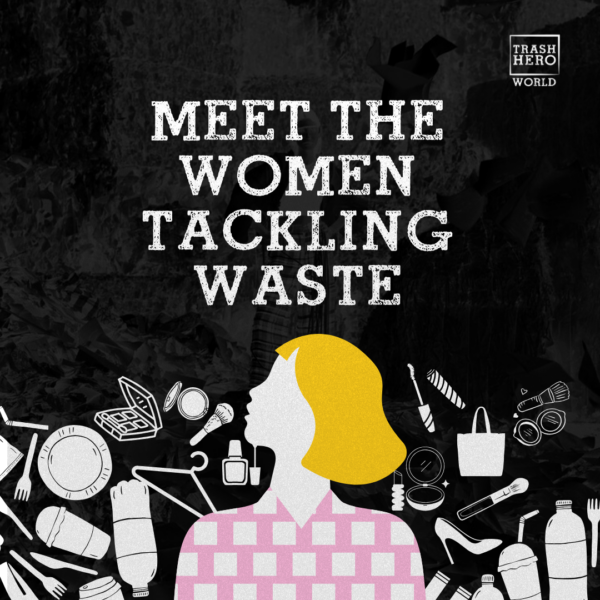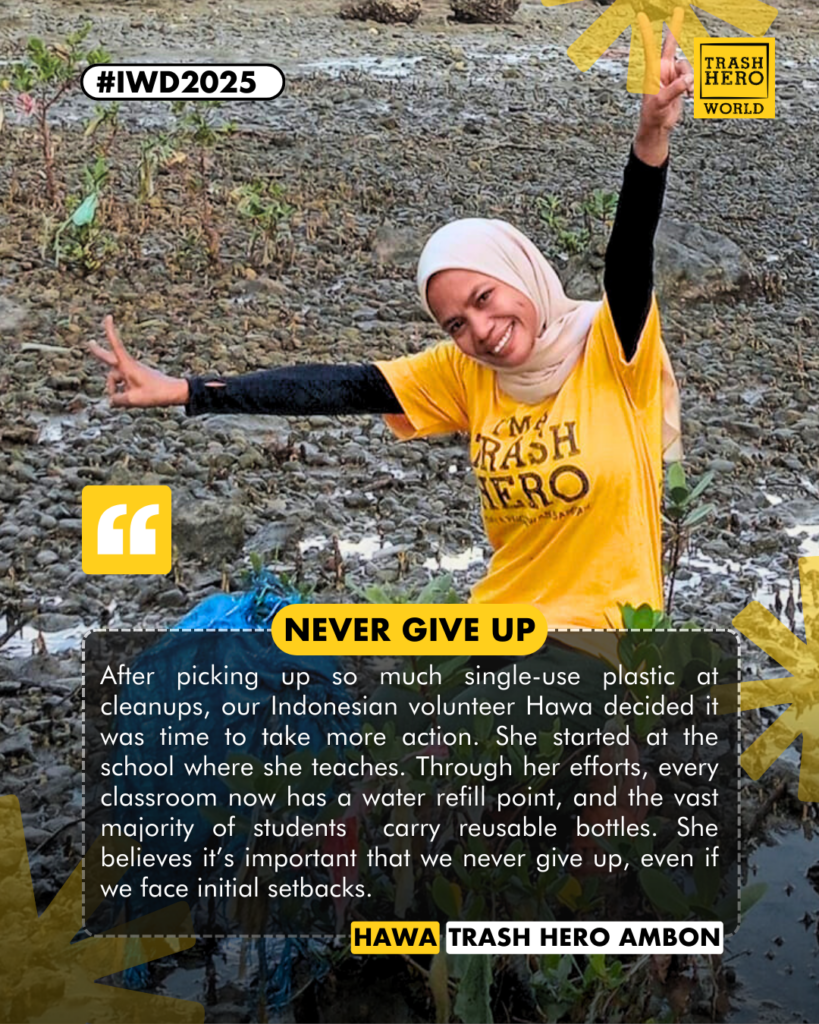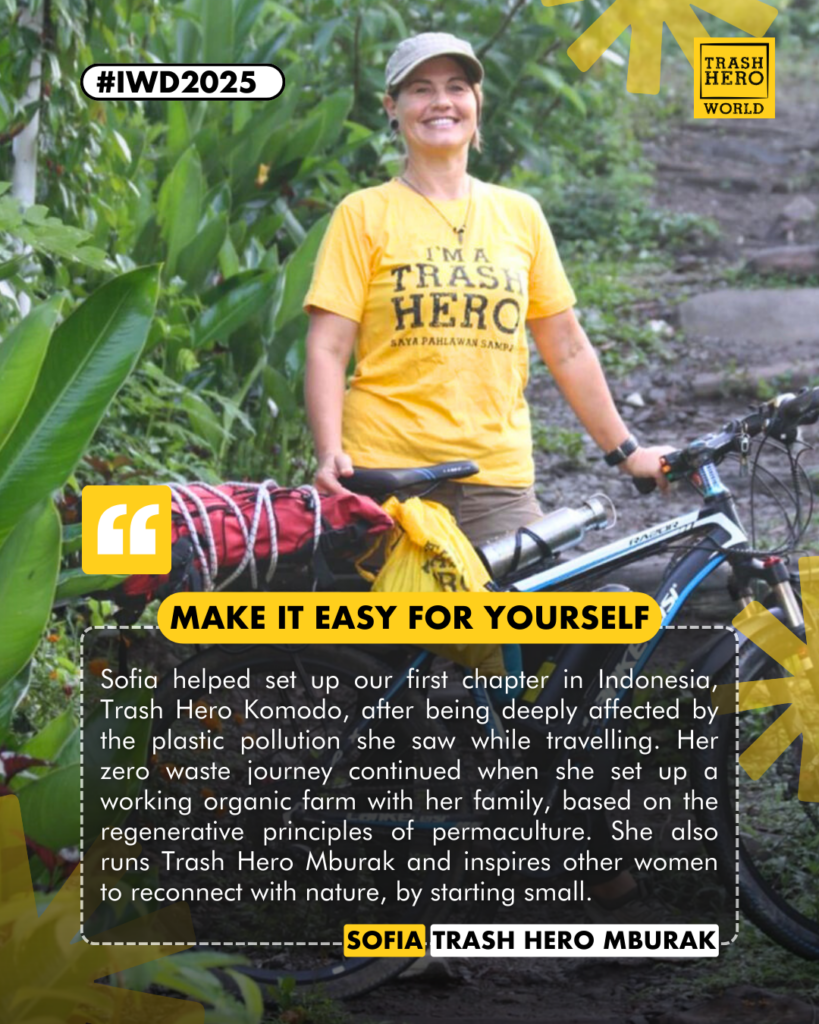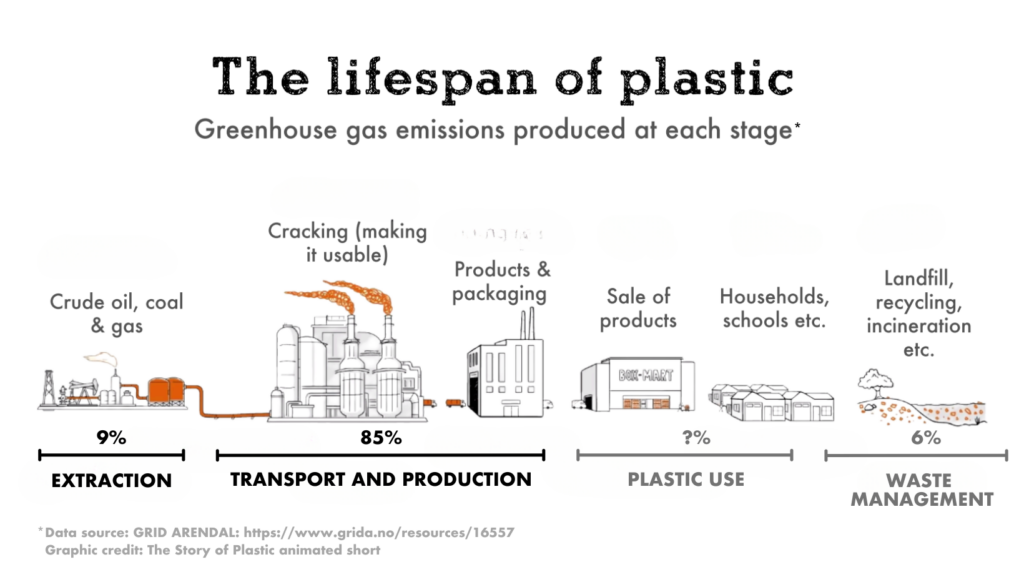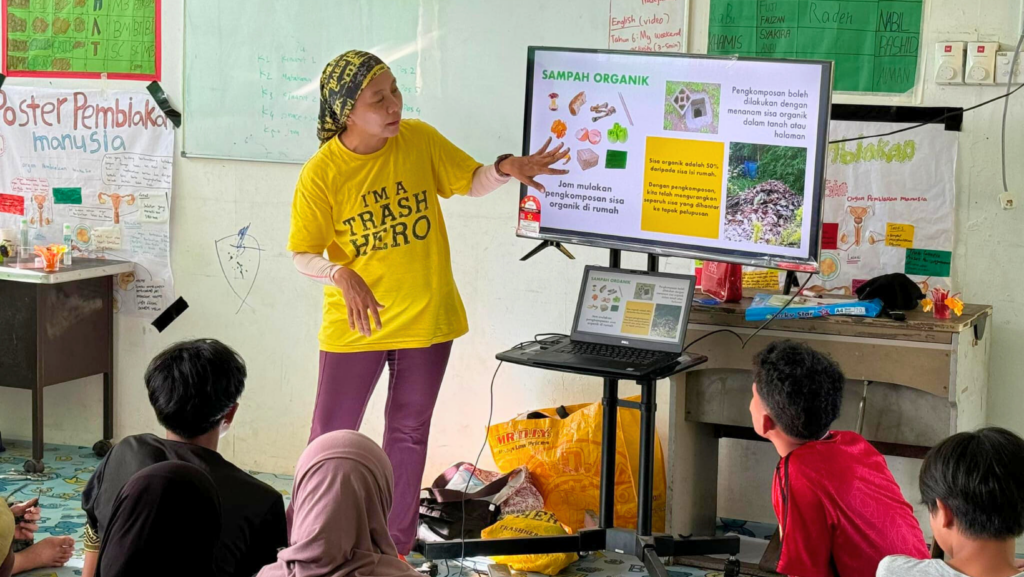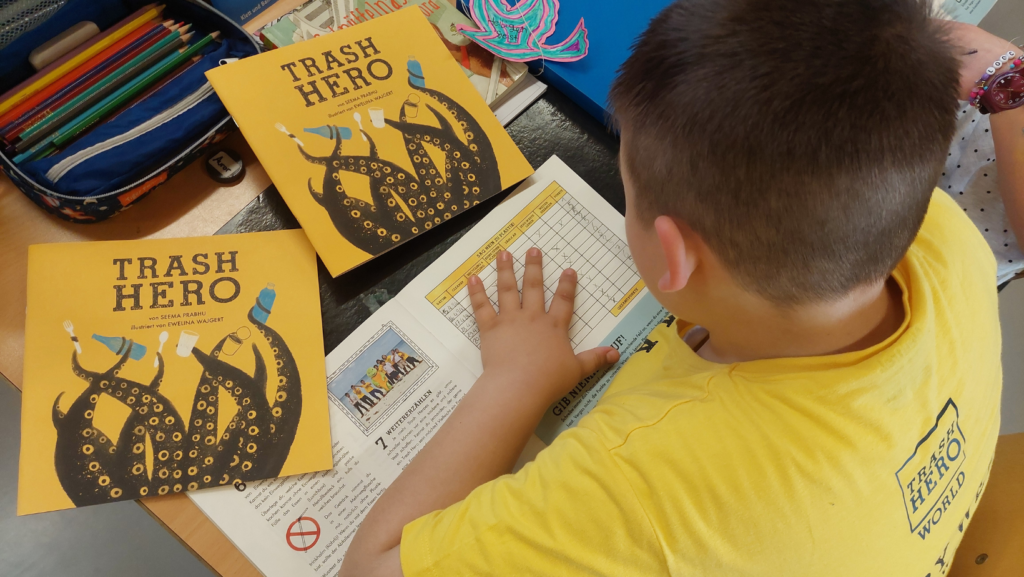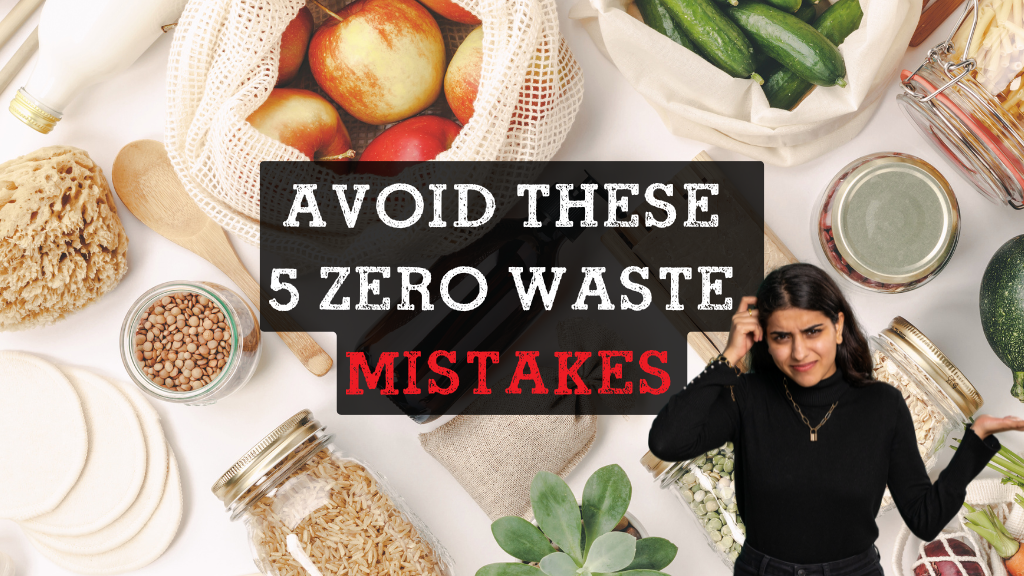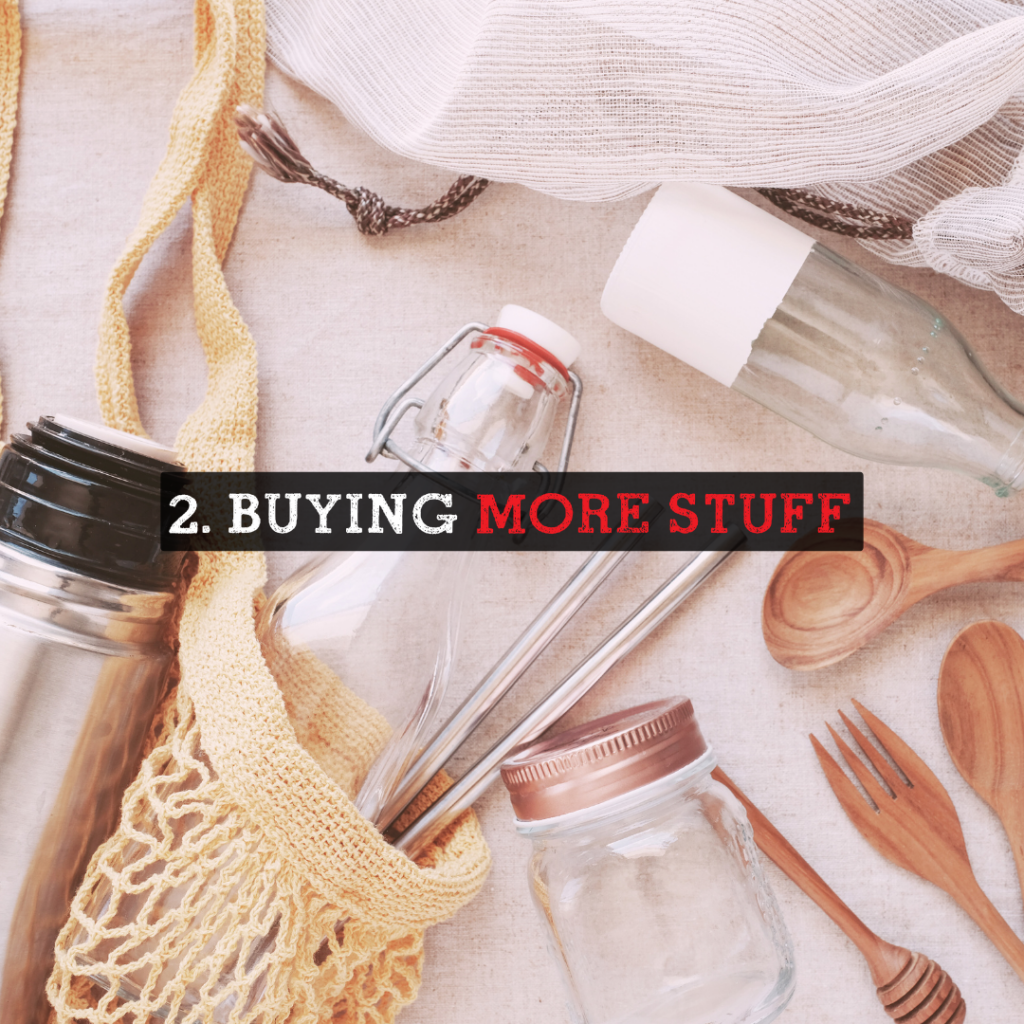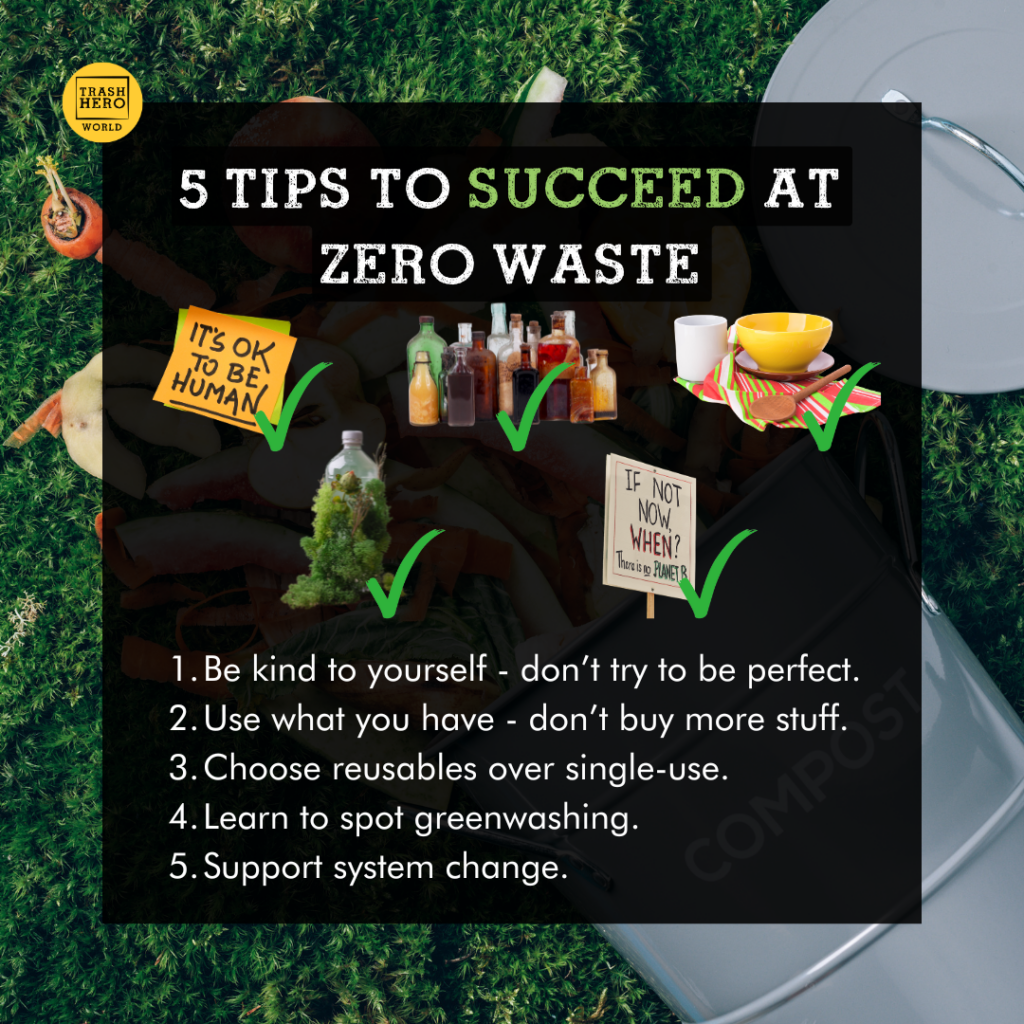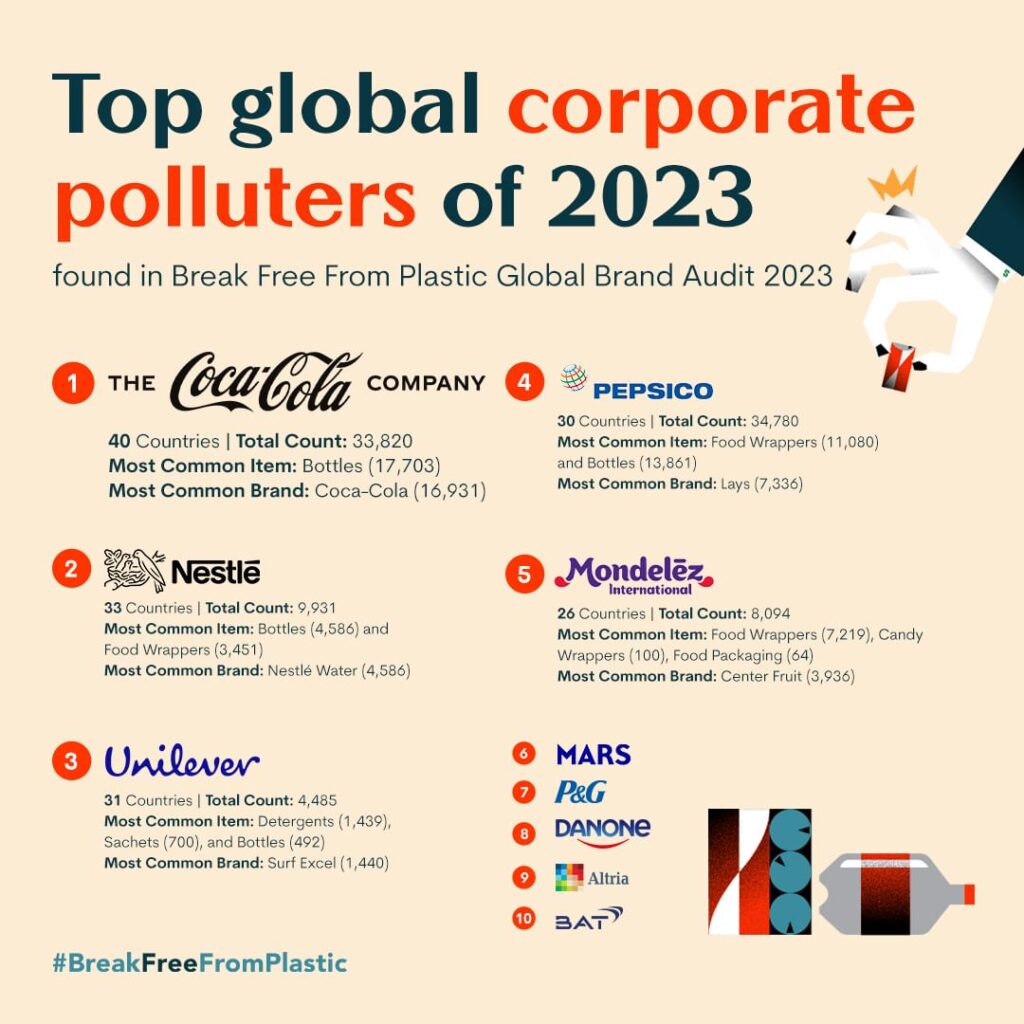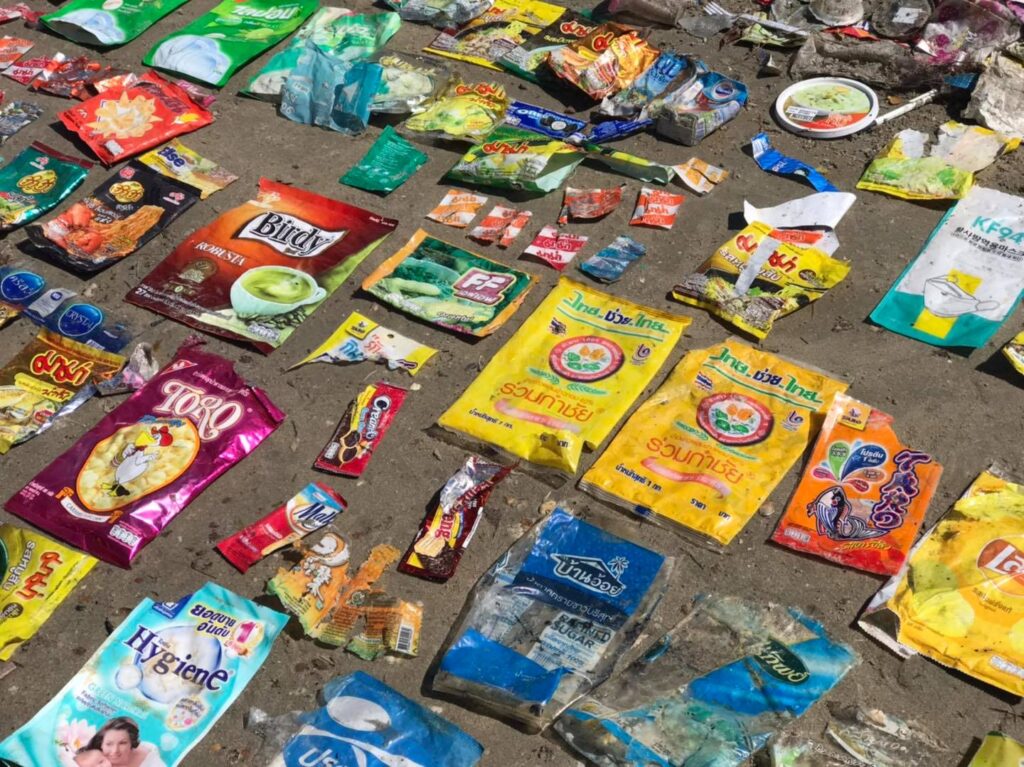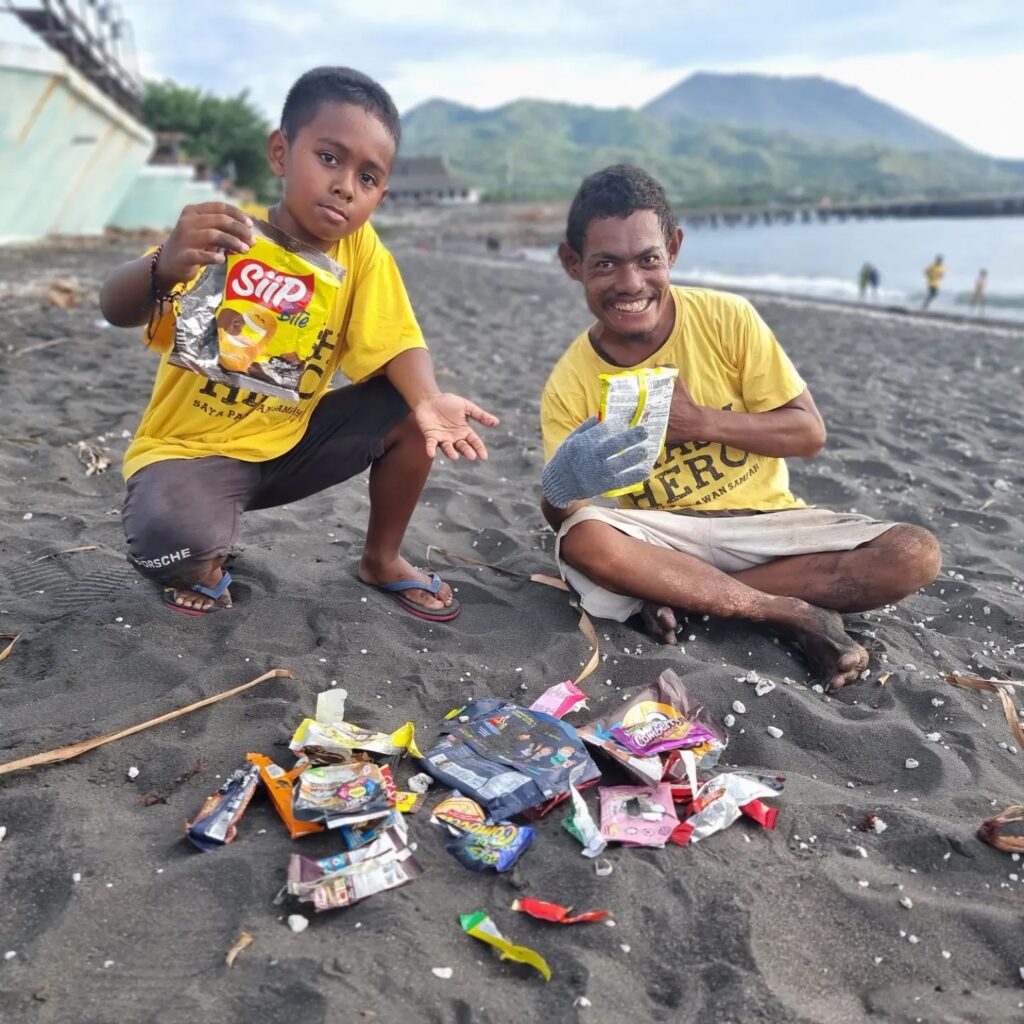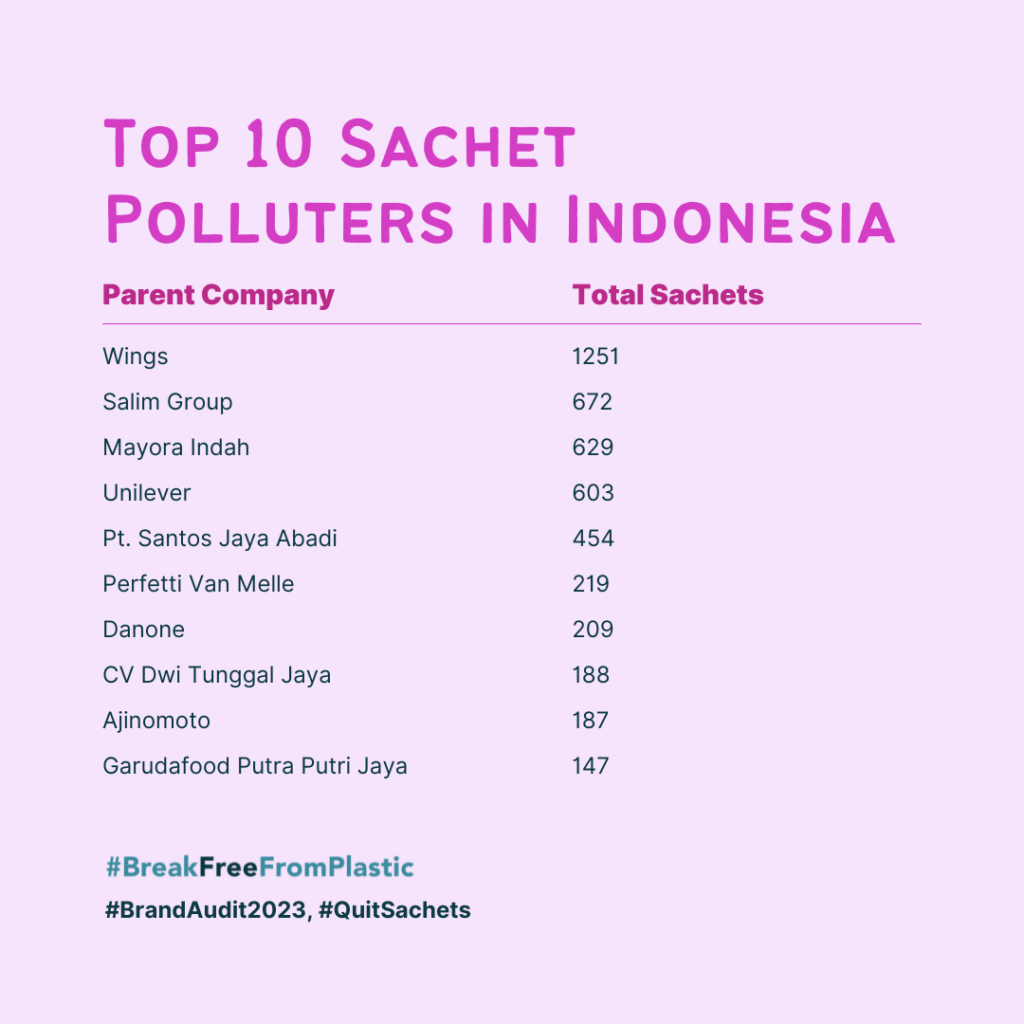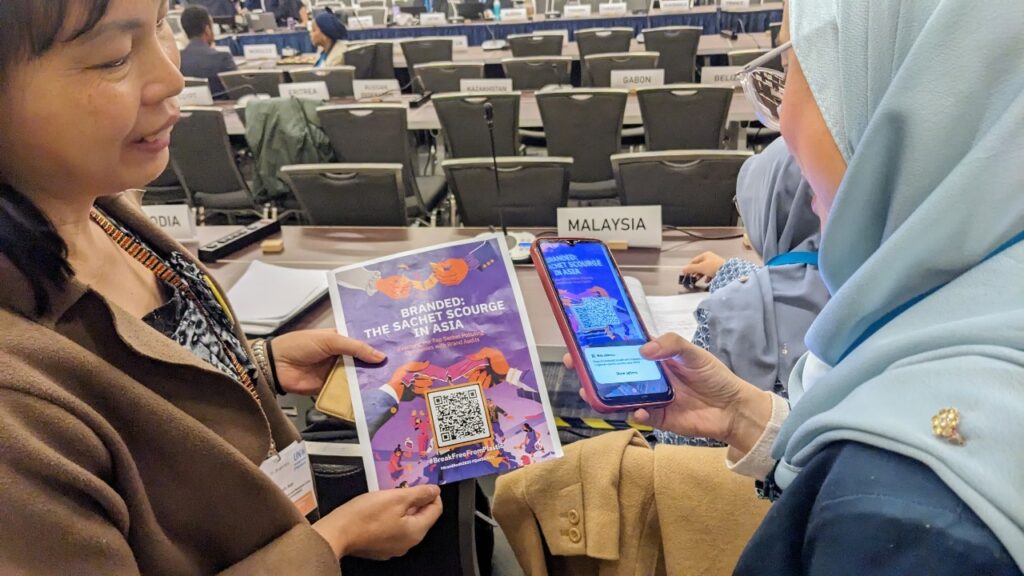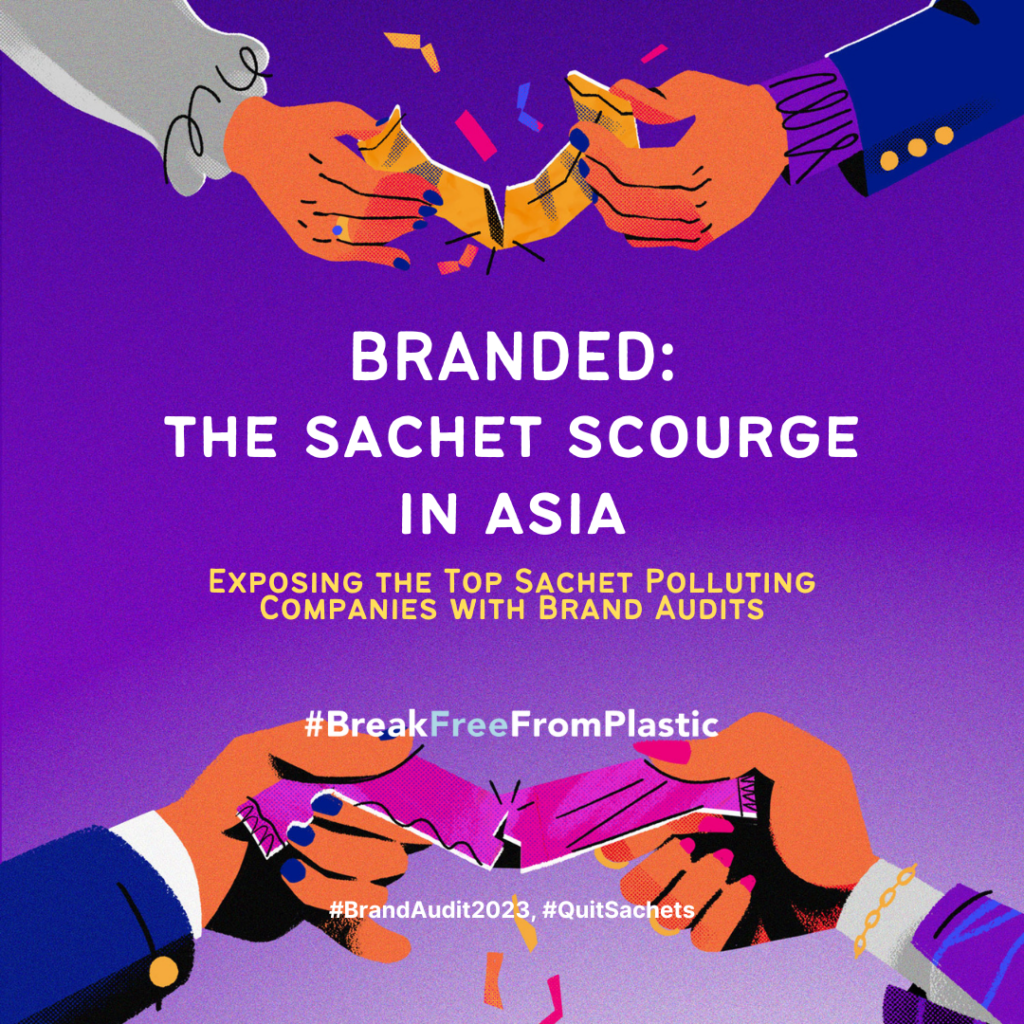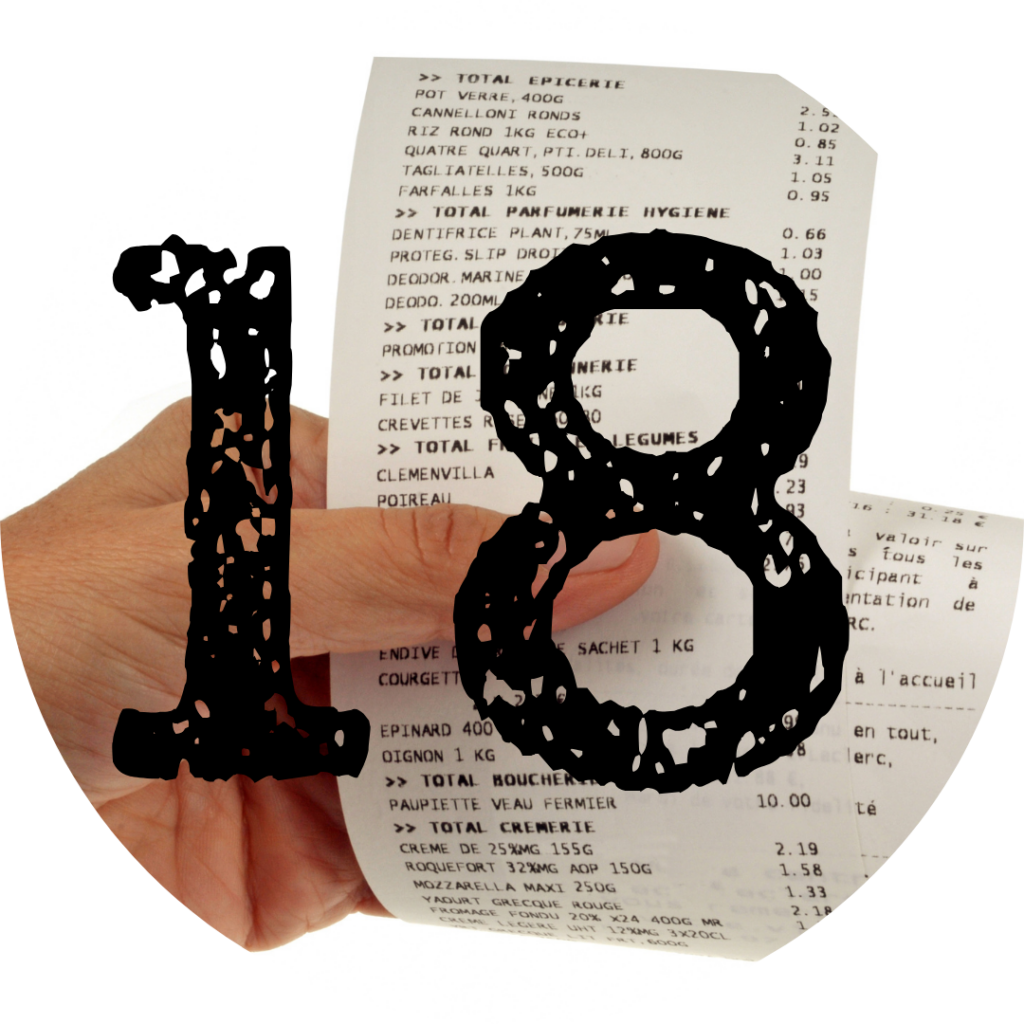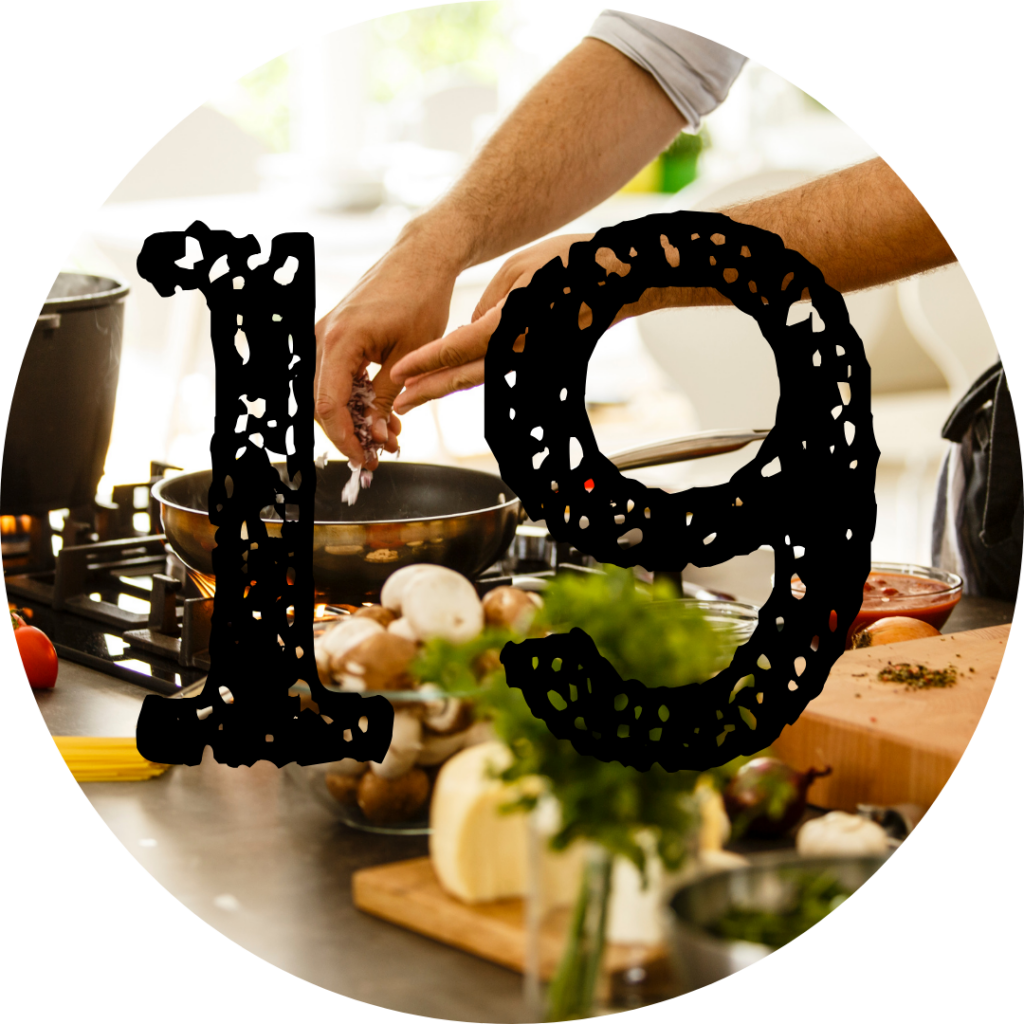Changing people’s perceptions and behaviours isn’t as simple as just presenting facts. At Trash Hero, we’ve always believed that empathy, leading by example and encouraging small, visible steps play an important role in shifting behaviour and fostering lasting change.
It’s a philosophy we embraced at our 2025 Family Meetings in Southeast Asia. These gatherings bring together our volunteers for three days of training that goes further than many might expect. As Ni Luh Putu Pradnyadari from Trash Hero Yeh Gangga, Indonesia, put it: “I initially thought that this FM activity would only invite me to discuss plastic and how to run Trash Hero, but it was far more than that. This activity actually changed many perspectives and indirectly changed mindsets and behaviours.”


The training sessions, held in Kuta, Bali, Indonesia, and Bangkok, Thailand, were designed to equip participants with the skills and knowledge needed to effectively communicate our mission and amplify their impact.
On the agenda
This year, we focused on effective community engagement. We looked at how individuals and societies change and the strategies and skills needed to make this happen. We also explored how greenwashing affects our work and the latest science on plastic and health.
As Krish from Trash Hero Da Nang, Vietnam shared: “With more knowledge, I feel more confident in helping people become aware of environmental protection.”


An energetic approach to learning
The understanding that facts alone won’t change people’s minds also shapes how we run our training sessions. We created an energetic and engaging learning environment designed to keep volunteers inspired and connected.
- Interactive workshops encouraged volunteers to ask questions, think critically, and share their unique experiences.
- Quizzes and games kept the energy high while reinforcing key learning material in a fun way.
- Informative presentations provided essential, up-to-date knowledge on plastic pollution, zero waste solutions and the wider systemic issues.
Memorable moments and real-world insights
The weekends were filled with memorable moments and fun experiences, including field trips.
In Indonesia, volunteers visited Banjar Tegeh Sari, a pioneering zero waste community. The visit allowed participants to see innovative local solutions in action and discuss how they could apply these insights back home to ignite their own zero waste projects.
In Thailand, participants visited the fire department tasked with managing the Praeksa Mai landfill, which processes over 4,000 tonnes of mixed waste every day. Seeing waste on such a large scale was an impactful moment for many volunteers. After this, they visited a local restaurant that’s participating in a new city-wide scheme to separate organics, offering a glimpse into practical solutions. Maksym from Trash Hero Ho Chi Minh, Vietnam, summarised the day: the landfill helped him “understand the scale of the disaster and the restaurant [helped him] to understand the small solutions everyone can make.”
On the final day of the meeting, in both locations, we ran a basic first aid training session aimed at dealing with potential minor injuries that could occur during a cleanup. This gave the volunteers added confidence to deal with issues that could arise, which is part of our commitment to the health and safety of cleanup participants.


Trash Hero World covers the travel, food, and accommodation costs for all participants of the family meetings. We also handle the logistics and content design, creation and delivery, ensuring the volunteers can focus entirely on learning and connecting. The shared experiences, deep learning, and powerful connections made at these meetings keep us motivated in our mission to create a world free from plastic pollution. The impact of these gatherings extends far beyond the three days of training, as Yobin Bataona from Trash Hero Lembata shared after the meeting: “I’m starting to be optimistic that every small step we take will create a domino effect.
Watch highlights from both weekends here.

Trash Hero Indonesia Family Meeting 13-15 June
Location: Kuta, Bali
Participants: 56
Chapters: 29

Trash Hero Family Meeting Thailand 20-22 June
Location: Bangkok, Thailand
Participants: 37
Chapters: 18
read more

